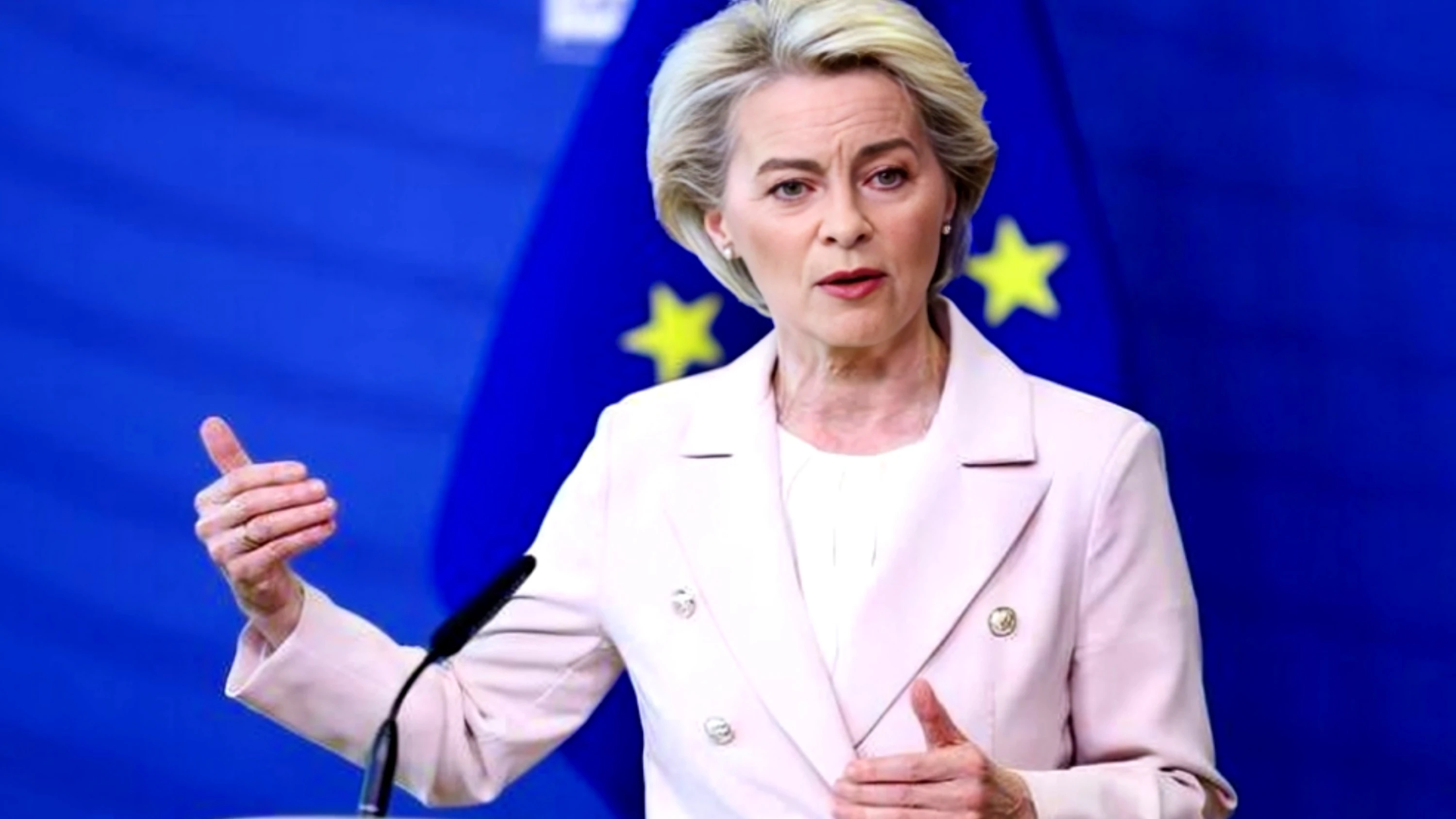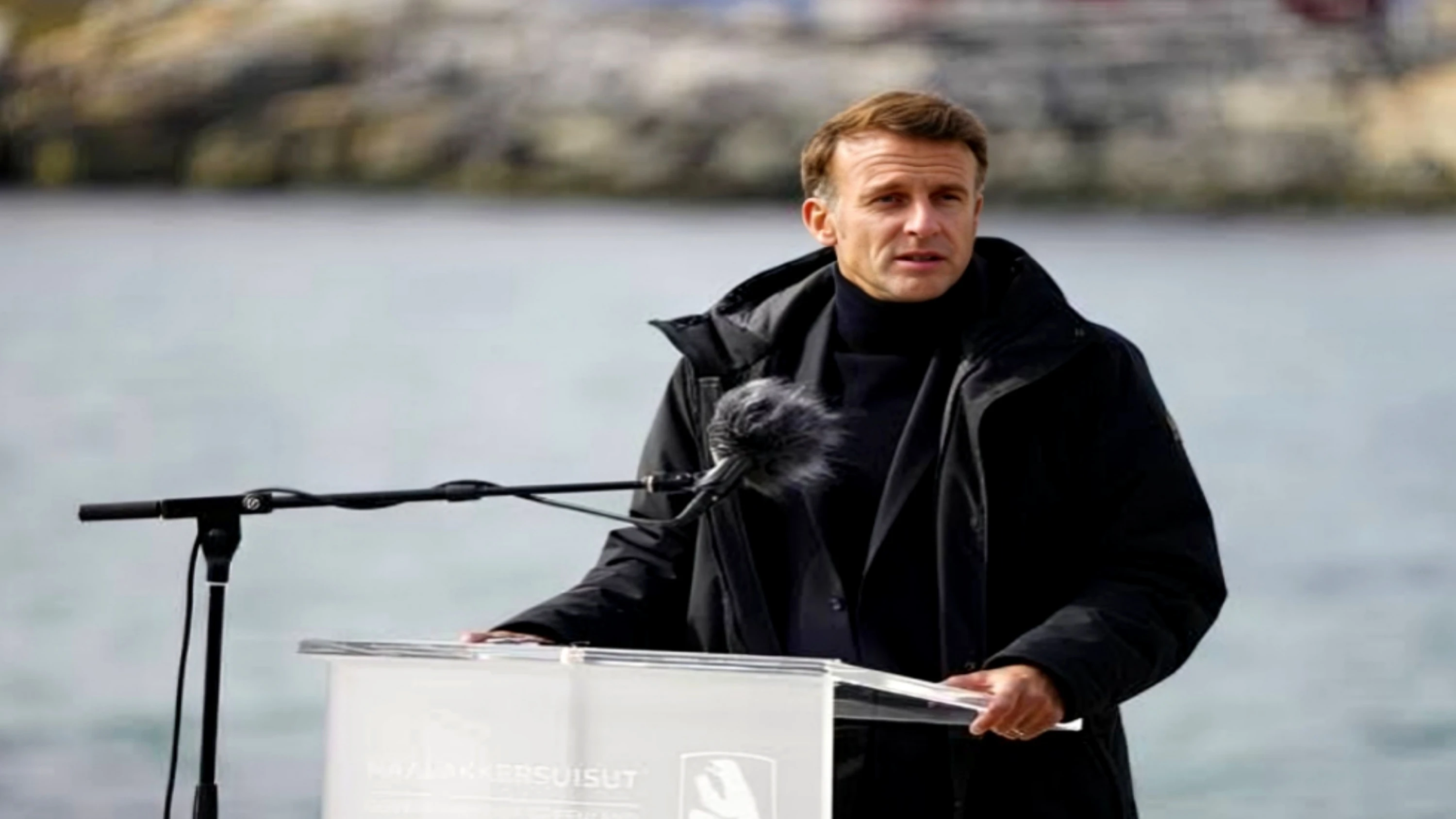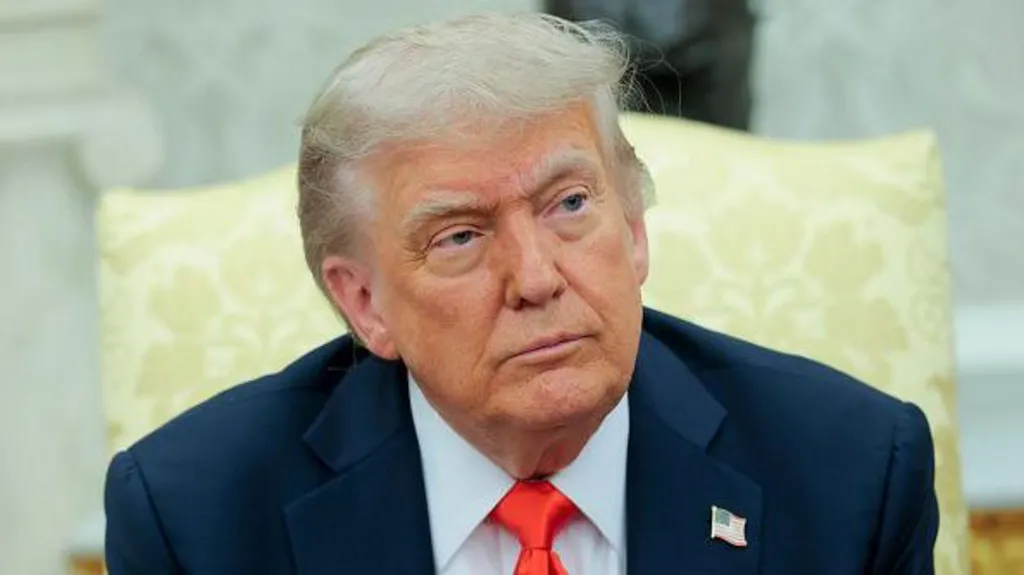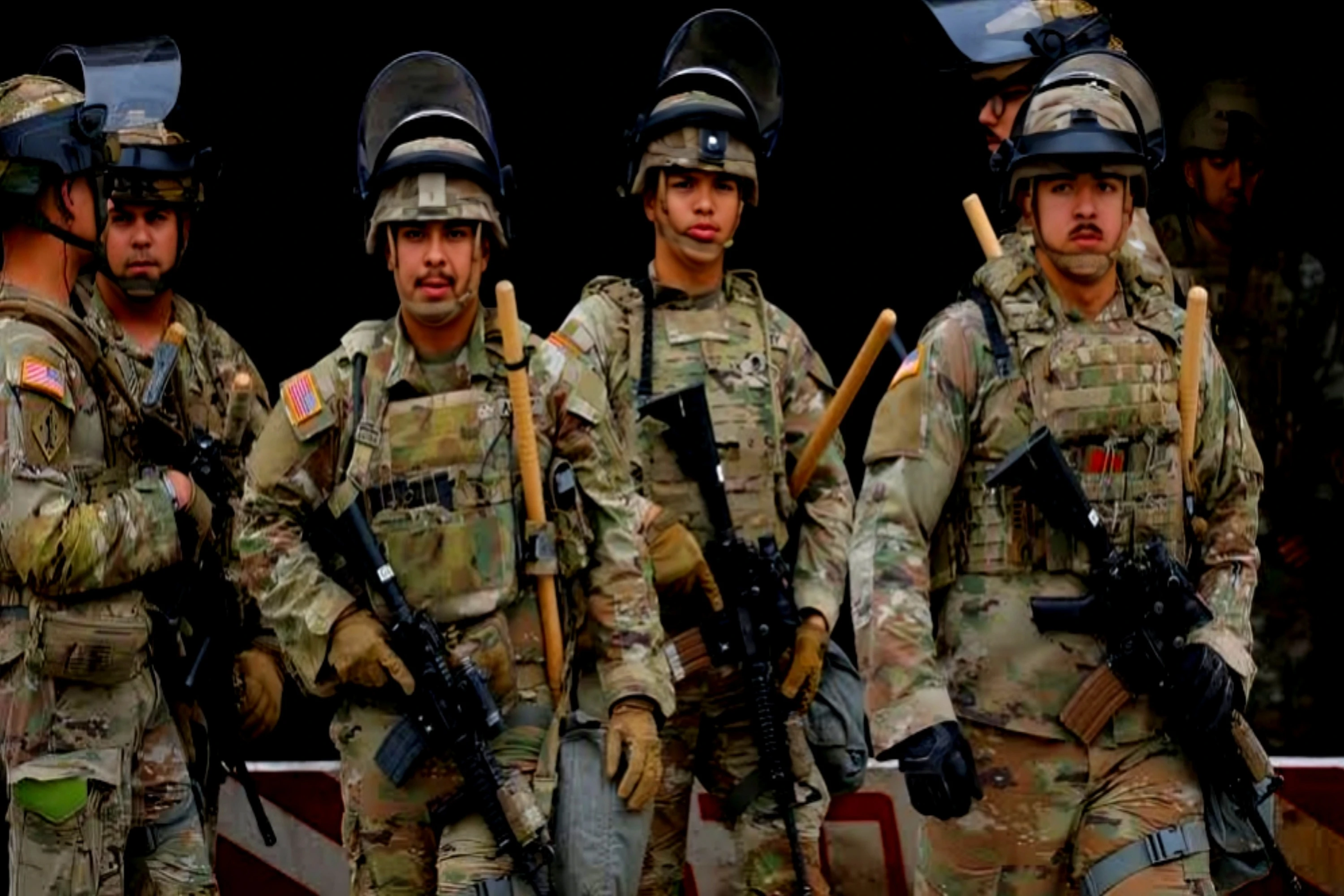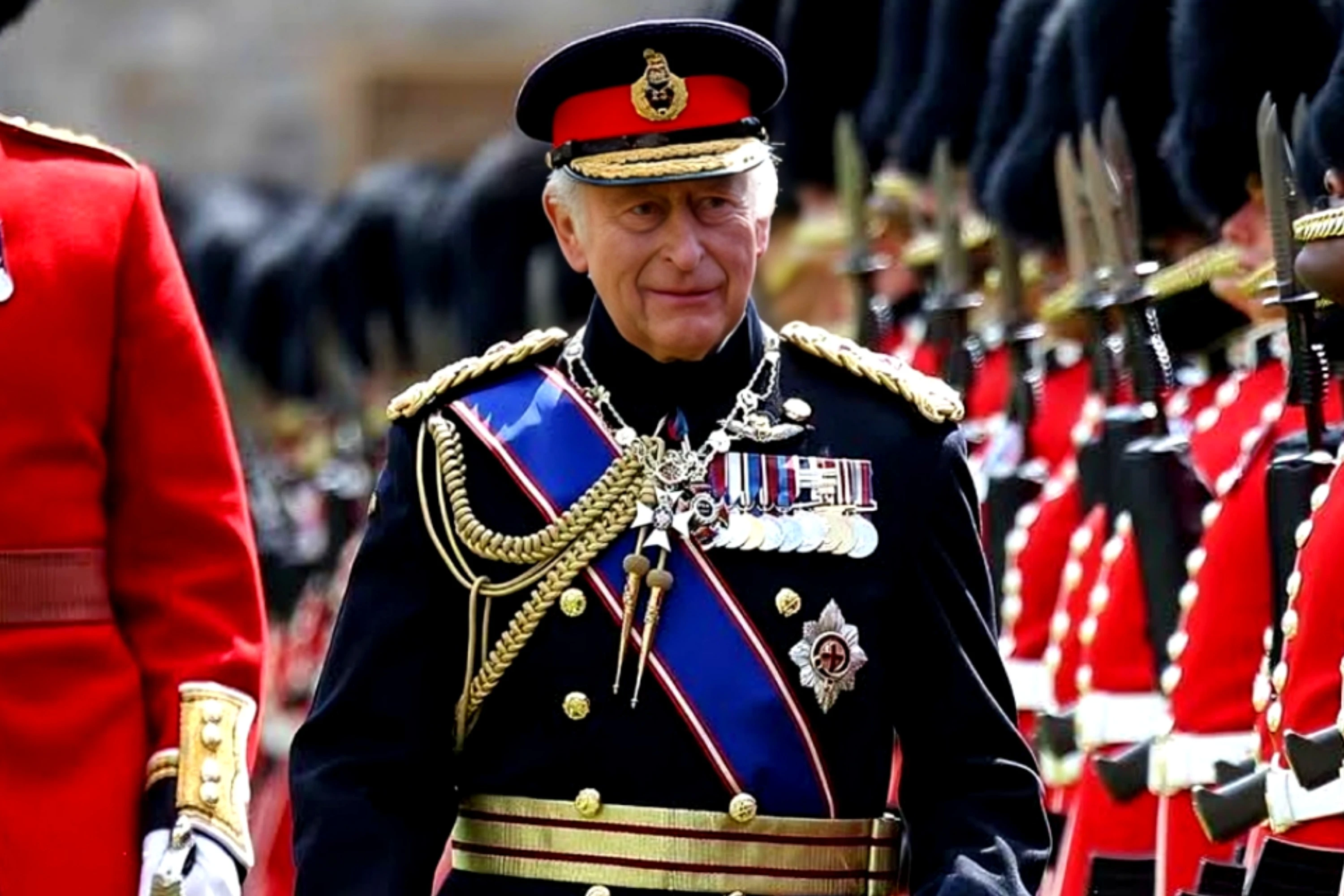Colombo: The United States has introduced a 44 percent reciprocal tariff on Sri Lankan exports, prompting urgent responses from policymakers who are assessing the potential economic fallout and seeking avenues for relief.
According to Sri Lankan news agency ,Mirror Business, U.S. President Donald Trump initiated a sweeping tariff policy, termed ‘reciprocal tariffs,’ in a two-phase rollout. This initiative imposes higher duties on nations with significant trade surpluses with the U.S., while setting a baseline tariff of 10 percent on all imports from other countries.
The newly introduced tariffs, though anticipated, sent shockwaves through global markets, leading to declines in stock indices and a depreciation of the U.S. dollar. In Sri Lanka, the All Share Price Index, which had been on an upward trajectory, fell sharply by 349.84 points, or 2.19 percent, settling at 15,657.60. This drop erased recent gains that had pushed the index past the 16,000 mark just a day earlier.
Sri Lanka, labeled a "bad actor" under this policy, exports approximately US$3 billion in goods to the U.S. annually, while importing only around US$500 million in return. The 44 percent tariff is calculated as half of the 88 percent that Sri Lanka has historically imposed on American imports, including stringent border restrictions on U.S. goods. From Washington’s viewpoint, the move is a fair countermeasure to balance trade relations.
The tariffs are scheduled to take effect in early April, with the 10 percent baseline tariff commencing on April 5, followed by the 44 percent tariff on Sri Lankan goods starting April 9.
The Sri Lankan apparel and textile sector is expected to be the hardest hit, as these products constitute 60 to 70 percent of the country’s exports to the U.S. Based on 2024 trade figures, Sri Lanka’s total merchandise exports stood at US$12.77 billion, with about 23 percent destined for the U.S. Aside from textiles, other key exports to the U.S. include rubber-based products, chemical goods like activated carbon, as well as tea, coconut, and gemstones.
Trade analysts have pointed out that Sri Lanka faces a steeper challenge compared to regional competitors. India and Bangladesh, for instance, have been subjected to lower tariff rates of 26 percent and 37 percent, respectively. The U.S. tariff calculations are based on the proportion of duties these countries impose on American imports.
In response, Sri Lankan President Anura Dissanayake has formed a 10-member advisory committee, including the Central Bank Governor, the Chairman of the Sri Lanka Export Development Board, and the Chairman of the Board of Investment, to formulate policy recommendations.
Meanwhile, Deputy Economic Development Minister Professor Anil Jayantha indicated that the government is exploring the possibility of negotiating tariff relief before the April 9 deadline through diplomatic discussions.



